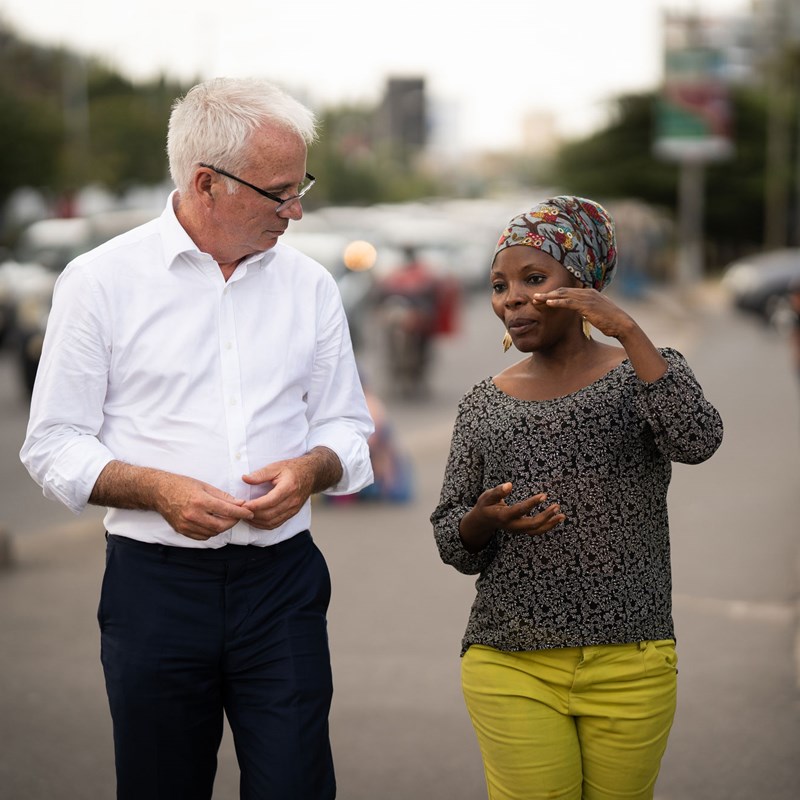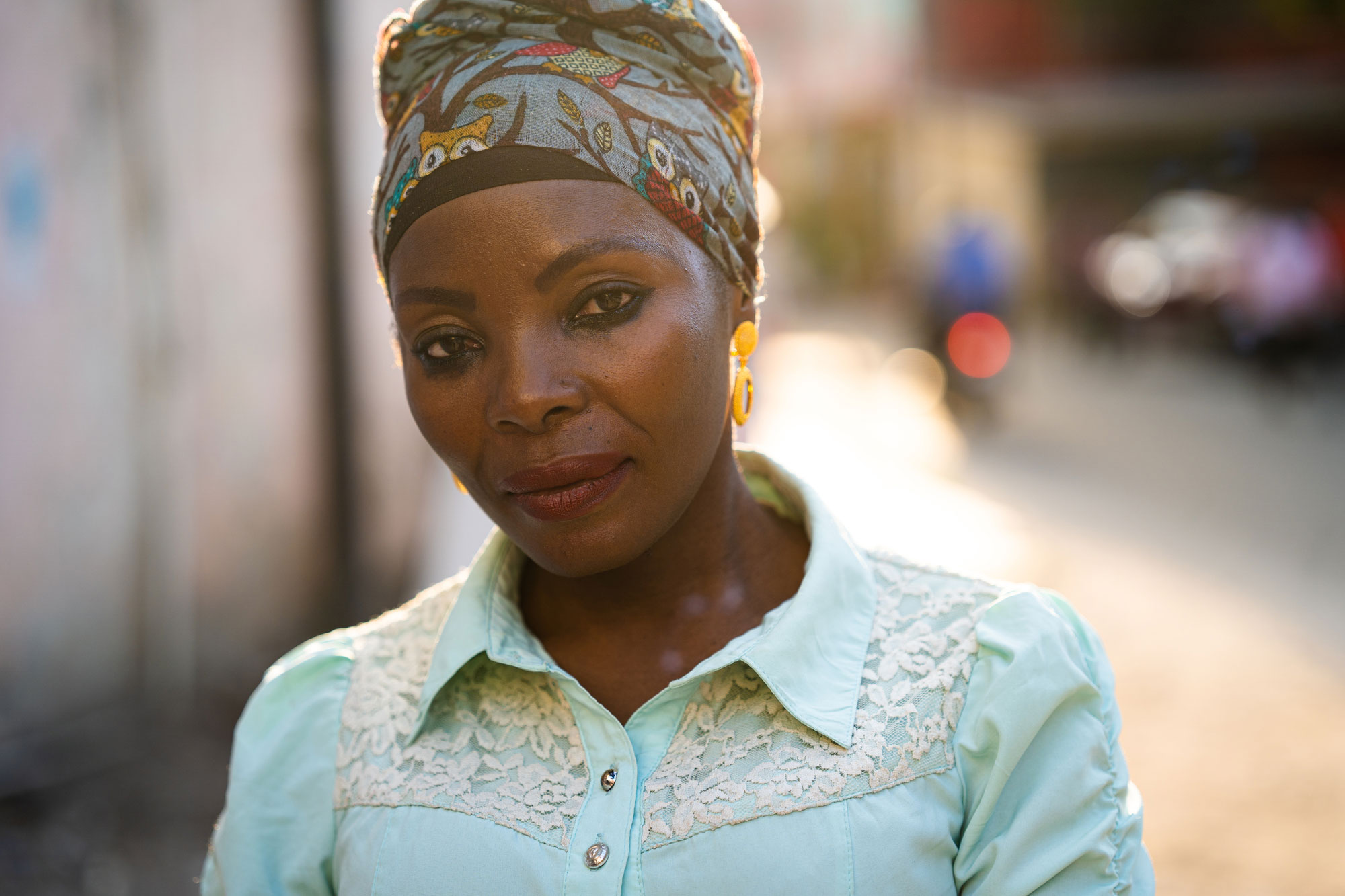
[ad_1]
Last year I met a woman called Shani Ally in Dar Es Salaam, Tanzania. Shani leads a full life as a mother, wife and small-business owner. She has also been on HIV treatment for more than 20 years. That treatment has kept her alive and prevented the transmission of HIV to her three children and her husband. Today, Shani and her family live a life free from the fear of AIDS.
Shani beat HIV – but so many other women do not have that chance. AIDS is the leading cause of death among women and girls in Africa, and the third-leading cause of death in women globally. (AIDS-related illnesses drop to the eighth-leading cause of death among men). In countries across sub-Saharan Africa, adolescent girls and young women are three times more likely to acquire HIV than adolescent boys and young men of the same age group. These disparities are driven by deeply rooted gender inequalities, and their complexity and structural nature makes them challenging to fight.
Yet fight we must. The world set itself the target of ending AIDS as a public health threat by 2030. Reaching this goal will require greater action to tackle the stark gender inequities that make women and girls so vulnerable. Entrenched social, economic and gender inequalities prevent girls from accessing education, limit their decision-making power, and expose them to gender-based violence.
Shani’s story graphically illustrates how barriers to education and harmful social norms increase women and girls’ vulnerability to contracting HIV. Shani and her twin brother were always near the top of their class in primary school. At 14, they were both poised to move on to high school and complete their secondary education. Yet their family made the choice that only one of them – the boy – would proceed to high school. Because she was a girl, Shani lost her right to an education.

Shani Ally, a mother of three, is an HIV champion. Photo: The Global Fund/David O’Dwyer
To empower girls to shape their own lives and protect themselves, they must be able to stay in school and learn. This still does not happen in far too many places around the world. There are many compelling reasons to invest in educating girls, but from a health perspective it is vital. Multiple studies show that keeping girls in school can reduce the risk of early pregnancies and sexually transmitted infections, including HIV.
Compounding their educational disadvantages, women and girls are far too often afforded little say in the decisions that shape their lives. In Shani’s case, her parents chose who she would marry. Shani told me that one afternoon, a group of men arrived at her home and took her away. One of them was to be her husband. He was 35, she was 14.
Shani did what she could to adjust to her new life as the wife of a man she had only just met. After three months of marriage, she found out that she was pregnant. While surprised by the pregnancy, she was even more shocked to learn, upon her first prenatal visit, that she had tested positive for HIV. When she confided the news to her husband, he reacted violently, accusing her of infidelity and claiming that she was the one who had brought HIV into the family.
Rejected by her husband, Shani tried to return home to her parents. But they too shunned her, believing his false accusations. Stunned by being abandoned, Shani became severely depressed and fell sick, so much so that she had a miscarriage and nearly lost her life.
Such reactions to being diagnosed with HIV are far too common. Women living with HIV frequently report violence, rejection and stigma, including from intimate partners and family members. Gender-based violence not only drives HIV infection, but is also often the response to it.
Making sustained progress in the fight against HIV relies on a sustained and multi-pronged effort that tackles the root causes of gender inequities, including gender-based violence. In countries where HIV incidence is high, we will not succeed unless we address harmful gender norms and behaviors. Alongside empowering women and girls, we must engage with men and boys, community and religious leaders, policy-makers and law enforcement officials.
Fortunately, Shani survived her illness, and soon after, enrolled herself on lifesaving HIV treatment and became determined to turn her life around. She met the man who would become her new husband and the father of her children. At first she hesitated to begin a new relationship and have children, since she was scared of infecting them with HIV. But she learned that as long as she was consistent in taking her treatment, her family would be safe from infection.
Shani survived her battle with HIV, and now has her own business, a loving husband and three young children. But she had to fight. And so many others do not get to win that fight.
No one should be dying from an AIDS-related illness in our world today. When we met, Shani was with her daughter Sanifa, aged 9. She told me that Sanifa takes after her – another girl at the top of her class. To end AIDS for good, we must make sure that Shani and all people living with HIV can access the drugs they need. Equally important, we must invest to ensure that Sanifa and all girls around the world complete their education, stay HIV-negative, and take control of their own lives. On their own terms.
This op-ed was first published in Forbes.
[ad_2]






